Whole grain wheat’s nutritional characteristics include:
low in fat, primarily unsaturated fat.
rich in insoluble dietary fiber and carbohydrates, primarily starch.
includes a protein complex that generates gluten and is comparatively high in protein (11–13%) when compared to other main cereals.
low in sodium and high in potassium.
Similar in structure to inulin, glucofructan, which is found in the endosperm, possesses qualities similar to dietary fiber and serves as a prebiotic.
includes B-group vitamins, including folate, pantothenic acid, thiamin, riboflavin, niacin, and vitamin B6 (pyridoxine).
includes vitamin E.
contains selenium (depending on the soil’s selenium level), iron, zinc, magnesium, and phosphorus.
includes trace levels of calcium, manganese, and copper.
contains plant sterols, saponins, lignans, phenolic acids, and phytic acid, among other phytochemicals.
Main culinary uses of wheat:
Wheat is typically milled into flour which is then used to make a wide range of foods including bread, crumpets, muffins, noodles, pasta, biscuits, cakes, pastries, cereal bars, sweet and savoury snack foods, crackers, crisp-breads, sauces and confectionery (e.g. liquorice). Other culinary applications of wheat include:
- Flaked, puffed and extruded wheat – all three forms are commonly used to manufacture breakfast cereals and cereal snack bars.
- Wheat bran – added to biscuits, cakes, muffins and breads to increase the dietary fibre content. Wheat bran is also used in the manufacture of some breakfast cereals.
- Wheat germ – can be added to breads, pastries, cakes and biscuits or sprinkled onto yoghurt, breakfast cereal or fruit dishes.
- Semolina – mainly used for making pasta. The preferred variety of wheat for pasta is Triticum durum. It can also be cooked in milk to make semolina pudding or fried golden brown and then mixed with plenty of sugar to make Halva, as eaten in the Middle East. In Greece, semolina is used in baked cakes.
- Cous cous – used widely in North Africa, cous cous is made from semolina grains which are sprinkled with slightly salted water and rubbed to make tiny pellets which are steamed and then dried. Instant couscous is available in Australia which needs only 5 minutes soaking in hot water.
- Burghul (also known as bulgur or cracked wheat) – is made by parboiling wheat, drying it and then coarsely grinding it. It can be steamed or boiled and used in a wide range of dishes, such as tabouleh, kofta or kibbeh.
- Kibbled wheat – grains are cracked or broken into smaller particles and then moistened or steamed and dried. Kibbled wheat is used as an ingredient in mixed grain bread or cooked as a side dish.
- Boiled wheat – puddings are made from boiled wheat in Lebanon and the Balkans.
- Wheat starch – used as ‘cornflour’ or converted to glucose, dextrose and other sugars for use in confectionery and other manufactured foods.


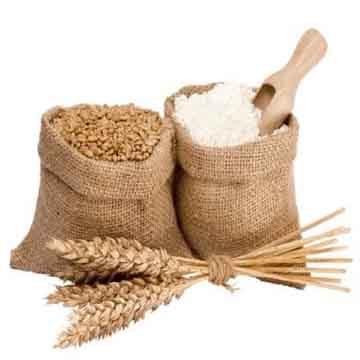
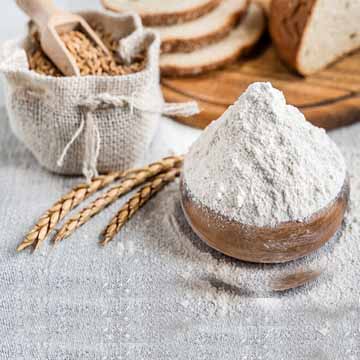
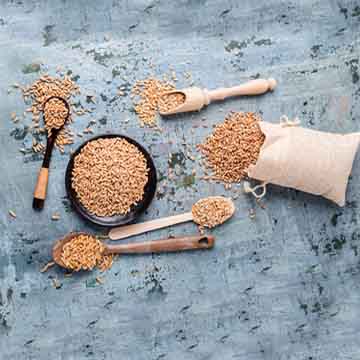
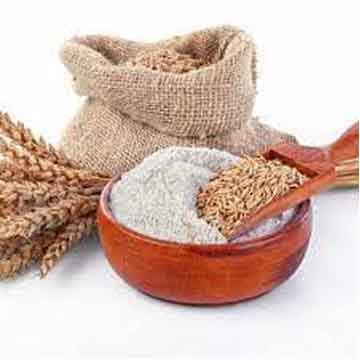
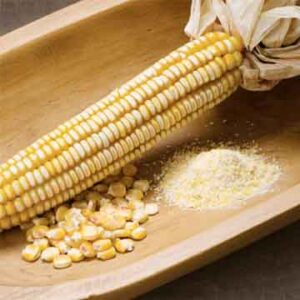
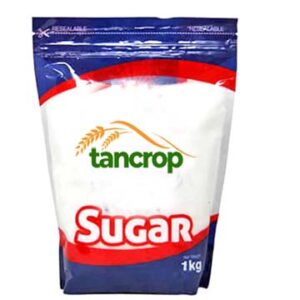
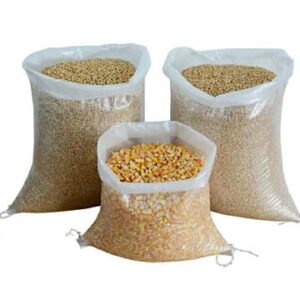
Reviews
There are no reviews yet.